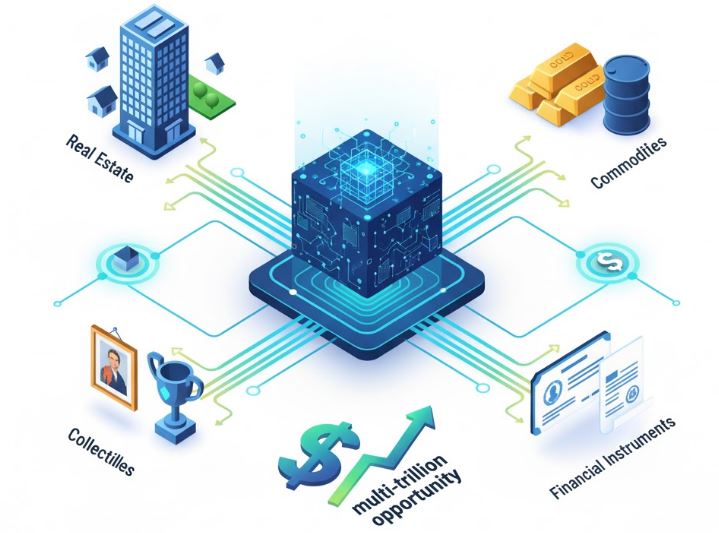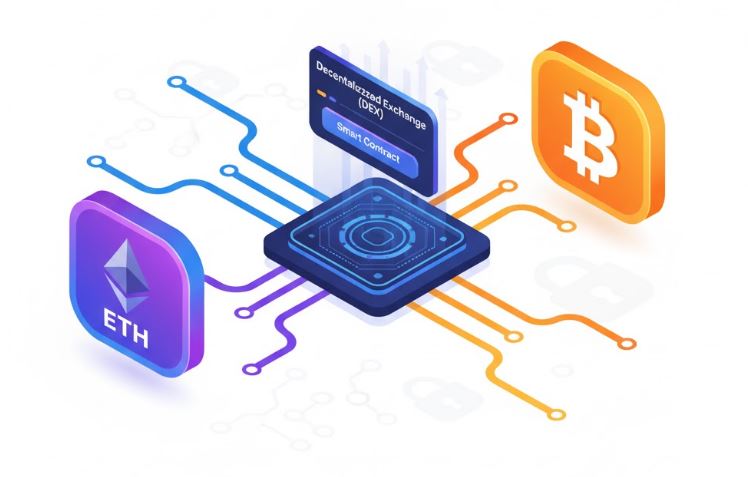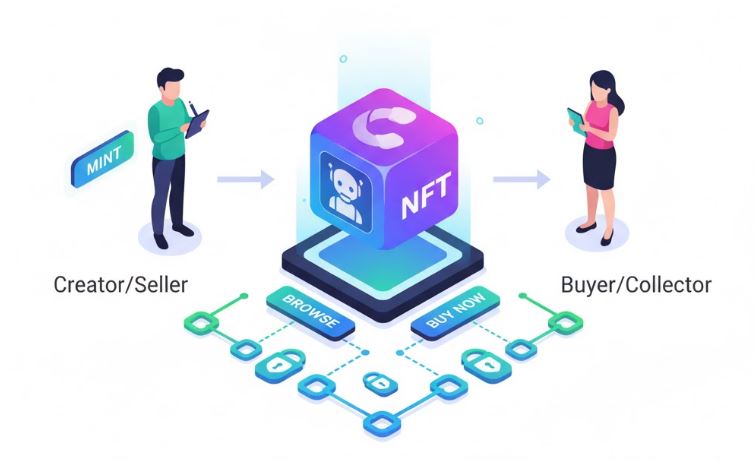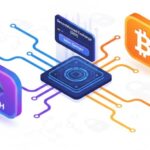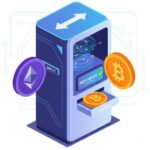When people first hear about crypto, they usually think of coins and tokens that live only on the internet. But the next big wave in blockchain isn’t just about digital money, it’s about bringing real-world assets onto the blockchain. This is known as RWA, and it could become one of the largest shifts in finance.
A real-world asset is anything that has value in everyday life: houses, gold, art, government bonds, business loans, even farmland. Today, these kinds of assets are slow and expensive to trade because they involve banks, lawyers, paperwork, and middlemen. Most people can’t invest in them directly unless they have a lot of money or special access.
Blockchain changes this by allowing these assets to be “tokenized.” Tokenization means turning ownership of something, like a share of a building or a piece of real estate, into a digital token that can be bought and sold more easily. Instead of needing millions of dollars to own part of a skyscraper, you could own a tiny fraction of it through a token. The asset still exists in the real world, but the record of who owns it lives on blockchain.
This opens the door to a multi-trillion dollar opportunity because the world is full of valuable assets that are currently “locked up” behind barriers like geography, minimum investment amounts, and complicated legal steps. Tokenization makes them easier to access, easier to trade, and more transparent.
There’s also a benefit for the asset owners. By putting real-world assets on-chain, they can raise money faster, reach more investors, and get better liquidity, meaning the asset can actually move instead of sitting frozen for years.
We’re already seeing early examples. Some platforms are tokenizing U.S. treasury bonds so that anyone, anywhere, can hold them digitally. Others are doing this with real estate, carbon credits, artworks, and even music royalties. For many people around the world, this is the first time they can access the same investments that large institutions have enjoyed for decades.
Of course, the space is still developing and there are legal rules that still need to catch up. But the direction is clear: blockchain is turning ownership into something that is faster, more open, and more global.
RWA is not just another crypto trend, it’s a bridge between the digital economy and the physical world. And as more assets move on-chain, the financial system could become more fair, more efficient, and available to millions more people than ever before.
